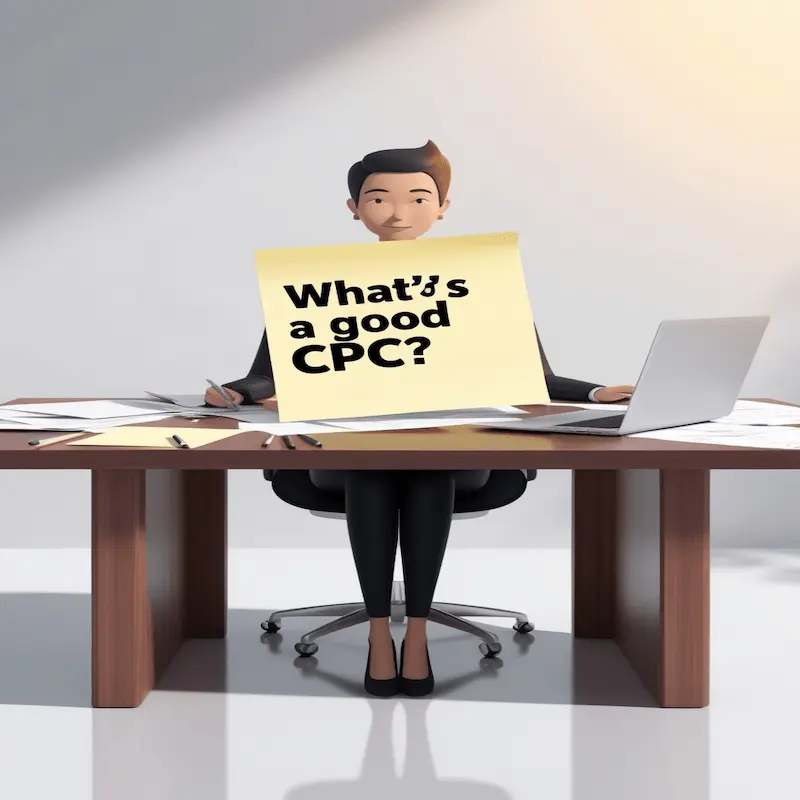What’s a Good CPC? Understanding Cost-Per-Click

If you’ve ever dabbled in online advertising, you’ve probably come across the term CPC—Cost-Per-Click. But what exactly is a good CPC? Is there a magic number you should aim for? Or does it depend on factors like industry, platform, and competition? Well, let’s dive deep and uncover everything you need to know about CPC, so you can make smarter marketing decisions.
What is CPC (Cost-Per-Click)?
CPC stands for Cost-Per-Click, which is the amount you pay every time someone clicks on your ad. It’s a crucial metric in digital advertising because it directly affects your return on investment (ROI). If your CPC is too high, you might be spending more money than you’re making. If it’s too low, you might not be reaching the right audience.
How is CPC Calculated?
The formula for CPC is simple:
CPC = Total Ad Spend / Number of Clicks
For example, if you spend $500 on an ad campaign and get 1,000 clicks, your CPC is $0.50.
What’s a Good CPC?
The definition of a “good” CPC varies based on several factors, including your industry, ad platform, and target audience. Here’s a breakdown:
| Industry | Average CPC (Google Ads) |
|---|---|
| E-commerce | $1.16 |
| Finance | $3.44 |
| Legal | $6.75 |
| Technology | $3.80 |
| Healthcare | $2.62 |
These numbers fluctuate depending on competition, seasonality, and ad quality.
Factors That Influence CPC
- Industry & Competition – More competitive industries (e.g., law, finance) tend to have higher CPCs due to bidding wars.
- Ad Quality Score – Google assigns a quality score to ads, impacting cost. Higher relevance = lower CPC.
- Target Audience – A highly specific audience can increase CPC, but it often leads to better conversions.
- Ad Placement – Ads appearing on prime real estate (e.g., top of Google search results) typically have higher CPCs.
- Bidding Strategy – Automated bidding vs. manual bidding can impact how much you pay per click.
How to Optimize Your CPC
If your CPC is too high, here are some ways to optimize it:
- Improve Ad Quality – Write compelling ad copy and use relevant keywords.
- Use Negative Keywords – Exclude irrelevant searches to prevent wasted spend.
- Refine Targeting – Narrow down your audience for more precise engagement.
- A/B Test Ads – Experiment with different creatives and calls to action (CTAs) to find what works best.
- Leverage Retargeting – Re-engage users who have previously interacted with your brand for better conversion rates.
What is the difference between CPO and CPA?
FAQs
1. What is the average CPC on Google Ads?
The average CPC on Google Ads varies by industry but typically ranges between $1 and $6.
2. How can I lower my CPC?
You can lower your CPC by improving your ad quality score, refining audience targeting, and using strategic bidding methods.
3. Does a low CPC always mean better performance?
Not necessarily. A low CPC is good if the clicks convert into valuable actions, such as purchases or sign-ups. However, a low CPC with poor conversion rates isn’t ideal.
Conclusion
So, what’s a good CPC? The answer depends on your industry, goals, and ad strategy. The key is finding a balance—ensuring that each click brings value without draining your budget. By optimizing your campaigns and focusing on quality over quantity, you can maximize your ROI and run successful ad campaigns.
Want to improve your CPC strategy? Start by analyzing your current campaigns and making data-driven adjustments today!

